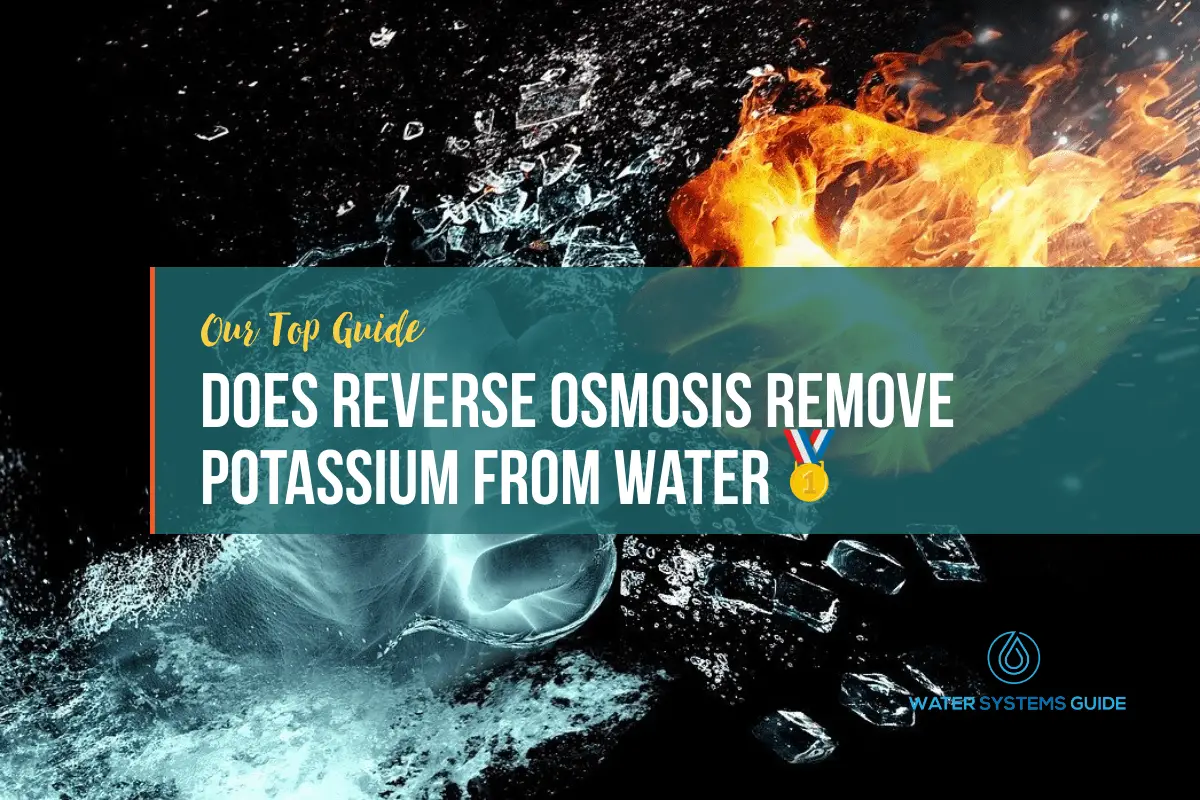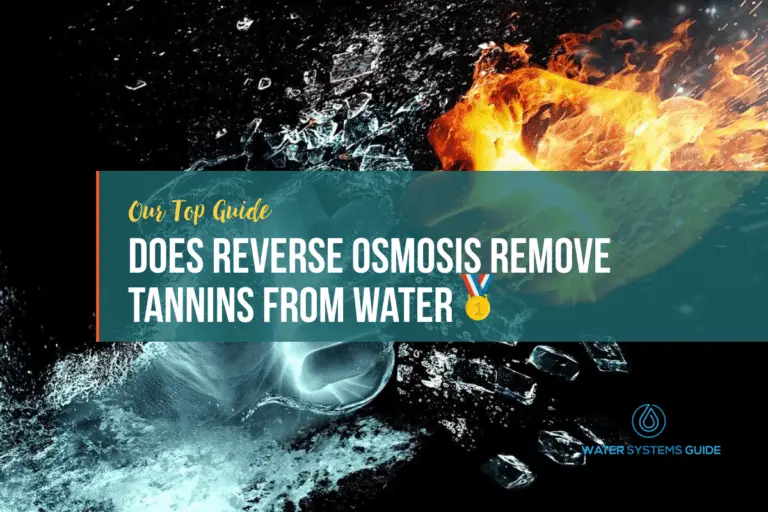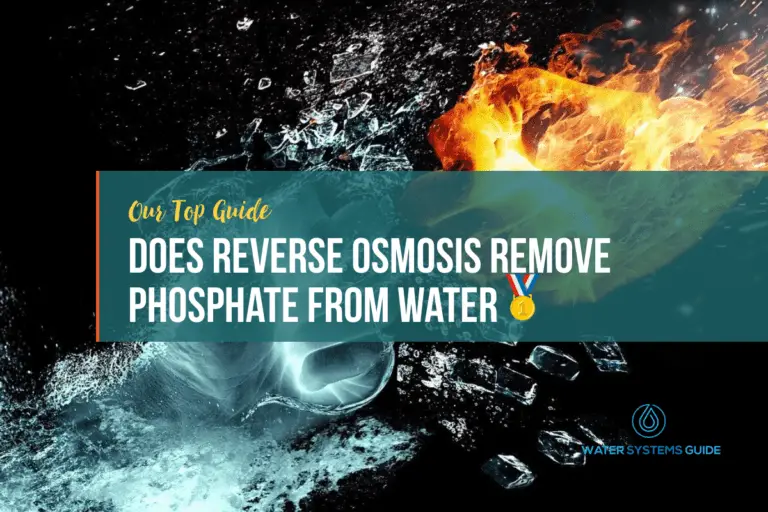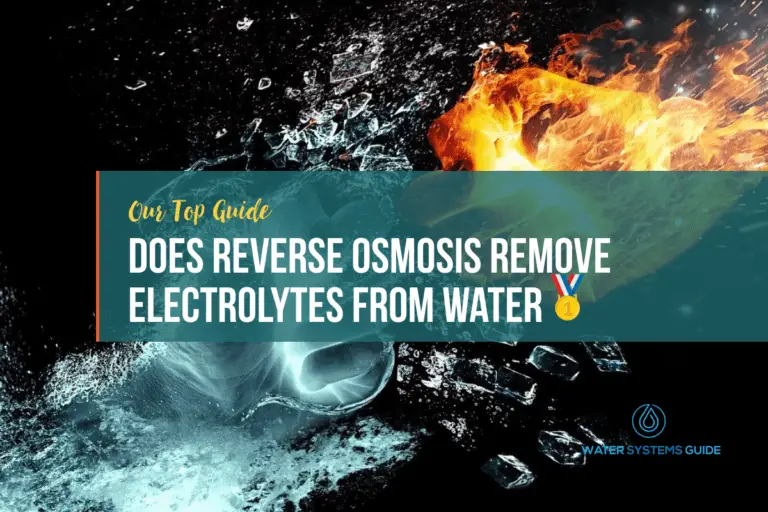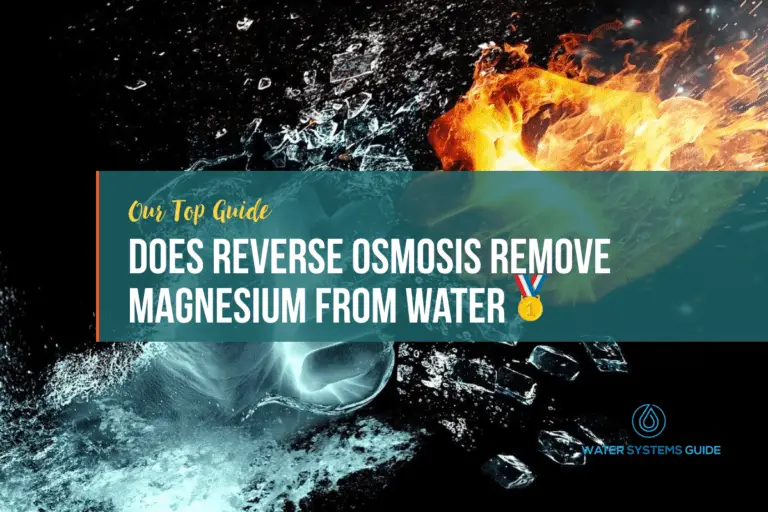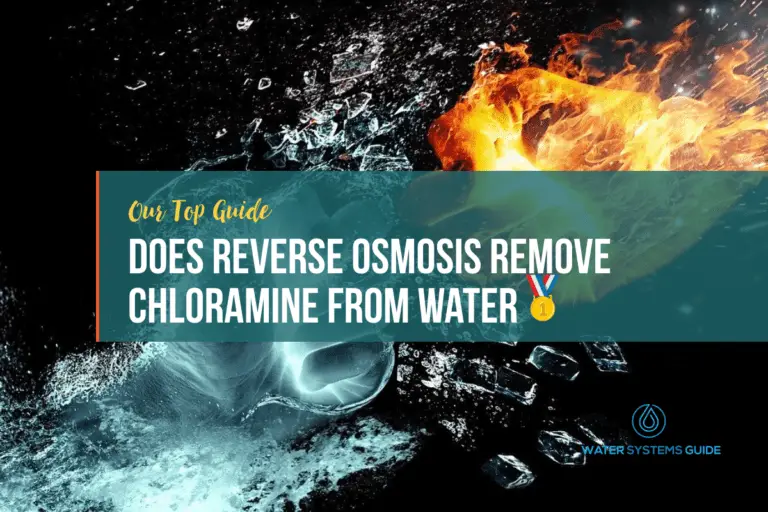Does Reverse Osmosis Remove Potassium From Drinking Water
What Exactly Is Potassium
Potassium is a chemical element with the symbol K (from Neo-Latin kalium) and atomic number 19. It was first isolated from potash, the ashes of plants, from which its name derives. In the periodic table, potassium is one of the alkali metals. All of the alkali metals have a single valence electron in the outermost orbital, which is easily removed to create an ion with a positive charge – a cation, which combines with anions to form salts. Potassium in nature only exists in ionic salts. Elemental potassium reacts violently with water and should be kept away from it.
Is Potassium Beneficial To Humans?
Potassium is a mineral that is found in many foods and is necessary for human health. Potassium is important for the proper function of all cells, tissues, and organs in the body. It helps to regulate blood pressure and heart rate, and it is also involved in muscle contraction and nerve function. Potassium is essential for good health, and it is possible to get too little of this important substance.
However, it’s also possible to get too much potassium in the diet, and hence this is often why people would want to remove it from their water source.
Does RO Remove Potassium from Drinking Water?
Reverse osmosis (RO) systems are designed to remove a variety of contaminants from water, including potassium. RO systems work by forcing water through a semipermeable membrane, which allows water molecules to pass through but traps contaminants on the other side. As a result, RO-filtered water typically has lower levels of potassium than unfiltered water.
Considering the beneficial impact of minerals like potassium (in moderate dosages), the consumption of RO water may ultimately lead to becoming deficient and relying on supplementation. However, where there are excessive levels of potassium in your water source, it’s logical to reduce these levels by using a water filter.
Therefore, if you’re looking to use a RO system, and potentially consume reverse osmosis water, then it’s advisable to seek advice from a healthcare professional, especially if this is being used as a long-term solution.
Should we be reducing potassium levels in our home water supply
There is no little evidence that reducing moderate potassium levels in our home water supply would have any health benefits. In fact, it could actually be harmful to some people. Potassium is an essential nutrient that helps to regulate blood pressure and heart function. It is also involved in muscle contractions and nerve function. Therefore, reducing potassium levels in our home water supply could potentially lead to health problems.
However, if you’ve had your water tested and the potassium levels are extremely high, then it would be wise to seek professional advice about reducing this.
Ultimately, the decision of whether or not to reduce potassium levels in home water supplies is up to the individual, whilst being advised by their healthcare adviser.
Is There A Risk of Consuming Too Much Potassium?
There is some concern that consuming too much potassium might be harmful. However, it is not clear if this is truly a risk. Some studies have found that consuming high amounts of potassium might be associated with an increased risk of heart disease, irregular heartbeat, muscle weakness, and even paralysis. However, other studies have not found this to be the case. Overall, it seems that consuming moderate amounts of potassium is safe for most people.
However, when considering if your water supply is the cause of excessive levels of potassium, it’s recommended to go about testing.
How to test your water supply for Potassium
If you want to test your water supply for potassium, you can use a simple test kit that is available at most hardware stores. You will need to collect a sample of your water in a clean container and then follow the instructions that come with the kit. Generally, you will need to add a few drops of the test solution to the water and then after a few minutes, compare the color of the solution to the chart that comes with the kit to determine the potassium level.
Alternatively, you can hire a professional to do this for you, as well as advise you about whether water treatment is necessary.
What else does reverse osmosis remove from water?
Alternative Methods Of Potassium Water Treatment
There are many alternative methods of reducing potassium levels in water. Some of these methods may include ion exchange, and ultraviolet light disinfection. However, none of these are as effective as RO.

